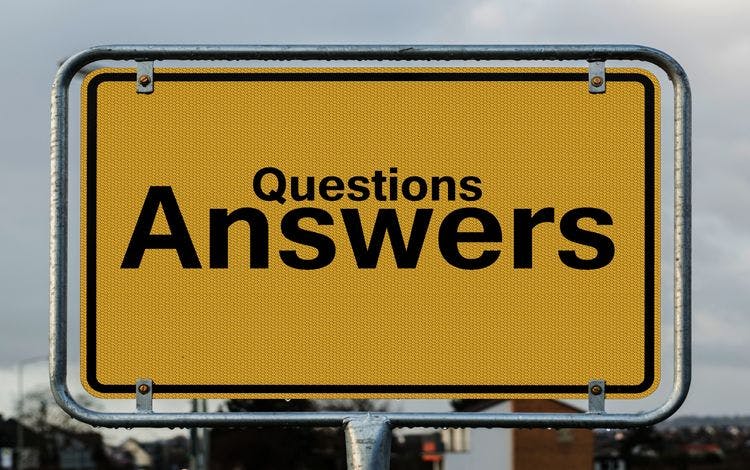On Friday, May 15th, The SBA formally issued the forgiveness application for PPP loans. Many already have some idea regarding the forgiveness criteria: Loans are forgiven based upon 8 weeks of expenses to include payroll, retirement expenses, rent, and utilities. And that is pretty much where the certainty ends, as to date, the rules for forgiveness have been quite vague and open to interpretation. In issuing the application, the SBA has clarified some of the more ambiguous aspects of PPP forgiveness. Below are a few of the key items that are addressed in the application instructions.
What About Any Payroll that Falls After the Eighth Week.
The payroll expenses don't have to be both incurred and paid in that eight-week window. They are only counting that which is paid out during the allotted period. If the payroll schedule of the borrower is bi-weekly, they can choose to use an Alternative Payroll Covered Period. This will begin the first day of the first pay period after they've received funding. Some employers may have to adjust pay periods accordingly if they are seeking full forgiveness.
As far as the other expenses such as rent and utilities these would still be counted during the standard Covered Period even if the business is choosing an Alternative Payroll Covered Period.
For businesses that are still not open or are working under limiting restrictions, the government is currently not looking into any extensions beyond the eight-week timeline.
Rent/Interest When it Comes to Non-Real Estate Secured Loans and Leases.
If a borrower uses some of the funds to pay rent and interest on leases that are not real estate related but are considered business assets, these will qualify under the forgiveness rules. Also, interest paid on loans that fall under the nonreal estate mortgage category (as long as they were in effect as of Feb 15, 2020/) will be able to be forgiven.
The 75% Rule Explained.
This has been one of the most confusing aspects of PPP forgiveness for some people. Many were under the impression that forgiveness can only happen if at least 75% of the funds are utilized for payroll purposes during the eight weeks. So for instance, if the business only opts to spend sixty percent of the money on payroll-related expenses, then many figured this would disqualify that company as far as forgiveness. However, the 75% rule is not an all or nothing proposition. The total of the nonpayroll costs cannot exceed 33 13% of the payroll total. So, if the loan is for 100k and they spend 70k on payroll costs then 33 13rd% of 70k is $23,333, this means that the maximum amount forgiven based on other costs will be $23,333; in this scenario then, the total loan forgiveness would be $93,333.
At First Union Lending we are here to help those businesses who might be struggling during this difficult period. We want to see you not only make it through this but ultimately thrive. There are PPP funds left. Call today and let's get started!
